Even on an Island packed with high-caliber gardeners and backyard farmers, orchardists stand alone as a rarified breed.
From bark-destroying fungus to ravenous squirrels to the endless demands of yearly pruning and maintenance, fruit-tree growers on Martha’s Vineyard have the odds stacked against them. And yet, despite all the challenges of our New England climate, a stalwart few manage to bring in a bountiful and sugary harvest from their trees each year.
But not all local fruit growers go about things the same way, and when it comes to Island orchardists, you would be hard-pressed to find two with more different approaches than Rick Karney and Joe Chapman.
At his West Tisbury home, Rick’s orchard has an English country garden temperament: rambling, lush, loosely organized. Meanwhile in Chilmark, Joe’s garden adheres more closely to the Versailles model: geometric, manicured, meticulously planned.
Despite their differences, both gardeners face many of the same challenges, and both agree that fruit growing on the Island is no small feat.
“Very seldom do I get a totally beautiful apple,” Rick said, on a recent tour of his garden in early spring, just as he began pruning for the season. Now in his fourth decade of orcharding, Rick admits that his practices are not always as rigorous as they used to be, but his garden is still substantially productive.
“I bought this property in 1980, and back then, living off the land, all that stuff was hot,” the Martha’s Vineyard Shellfish Group’s director emeritus said. “This was all scrub oak, and the idea was to put in a food forest.”
Now in place of the dense, scraggy scrub oaks that once crowded his property, an open field of apple, pear, persimmon and cherry trees stands. The orchard, he said, is great not just for its produce, but for its aesthetic quality.
“When the trees flower, it’s really outrageous,” he said. “The fragrance and the color, it’s just beautiful.”
Though pears are a well-known, low-maintenance option for beginning Vineyard fruit-growers, other fruit trees are infamously difficult to care for. Number one on the list of tasks to make for a good harvest, Joe said, is pruning.
“You pick your main limbs, you try to work from there,” said Joe, describing the ideal hourglass figure that allows proper light and airflow for apple and stone fruit branch systems. This structural approach to pruning, which requires branches to be either cut or tied up to the trunk for support, is perfect for Joe, who has made his career in the building business.
“It’s all about shaping the trees. I want them to look architecturally nice too,” he said.
After establishing a fruit tree’s basic shape while it’s young, Joe said, much of each year’s pruning is occupied by taking off a tree’s many upward growing suckers, while also removing heavy limb sections which threaten to fall.
But as a fruit tree grows into maturity, Rick pointed out that the gardener also has to be mindful of diseases and pests taking over certain branches.
“It’s just been so wet this last year, and you get a lot of rot,” he said, surveying one of his apple trees that had picked up a fungal infection during the recent rains. If a large limb ends up getting a fungal infection bad enough to split the bark, Rick said, it is time to go into tree triage mode.
“Cut the stuff out as best you can, and try to burn it,” he said, with fire being the best way to prevent further spread to the rest of the garden.
With the volume of pests that flock to fruit trees, both men said that yearly pesticide spraying is almost essential for a fruit crop, but organic options are available and effective. Joe, for instance, uses a sulfur-based spray.
Other, larger garden pests are less easily deterred.
For Rick, squirrels have been one of the biggest predators in recent years. Though the critters are not interested in the apples themselves, a hungry squirrel will dig into the fruit in order to eat its seeds.
The best way to combat the squirrels, Rick said, is to give them an alternate food source. Whenever he has a well-stocked birdfeeder, he said, the squirrels eat their fill of bird seed and leave the apples alone.
“This past year I fed them religiously,” he said.
For Joe, the most irritating small mammals are rabbits, which have a nasty habit of nibling at the base of his trees to get access to sweet sap.
“It’s like maple syrup,” he said, “and the rabbits, they smell that and they girdle the trees to get to that sugar.” The base of every tree in Joe’s orchard is protected by a circle of chicken wire.
Deer, too, are always a problem, and both orchardists have erected heavy fortifications to keep them from munching on fruit and buds. Last year, though, Rick said that his big Concord grape yield compelled the deer to be a bit more aggressive than usual and push through the fence.
“Once they got in there, it was a nightmare,” he said.
Despite the fact that both men have well-established orchards, their experimentation continues.
Rick has now spread beyond conventional New England species. He has a semi-regular fig harvest from both cold-hardy varieties and figs in portable containers that go inside for the winter. And his yard is something of an American persimmon nursery, with well-established trees regularly shooting up new saplings. He grows pawpaws too.
Up in Chilmark, meanwhile, Joe is following up the success of his white peaches (sold each summer at North Tisbury Farm) by planting another stone fruit — plum trees. He also grows nectarines in addition to pears, apples and grapes. And he has begun to experiment with rooting branch cuttings.
With the proliferation of trees across his orchard, he said, each one requires its own, special attention.
“Not every tree is the same,” he said, and a prospective orchardist would do well to learn from and spend time with every one of them.
Thomas Humphrey is a reporter for the Vineyard Gazette.

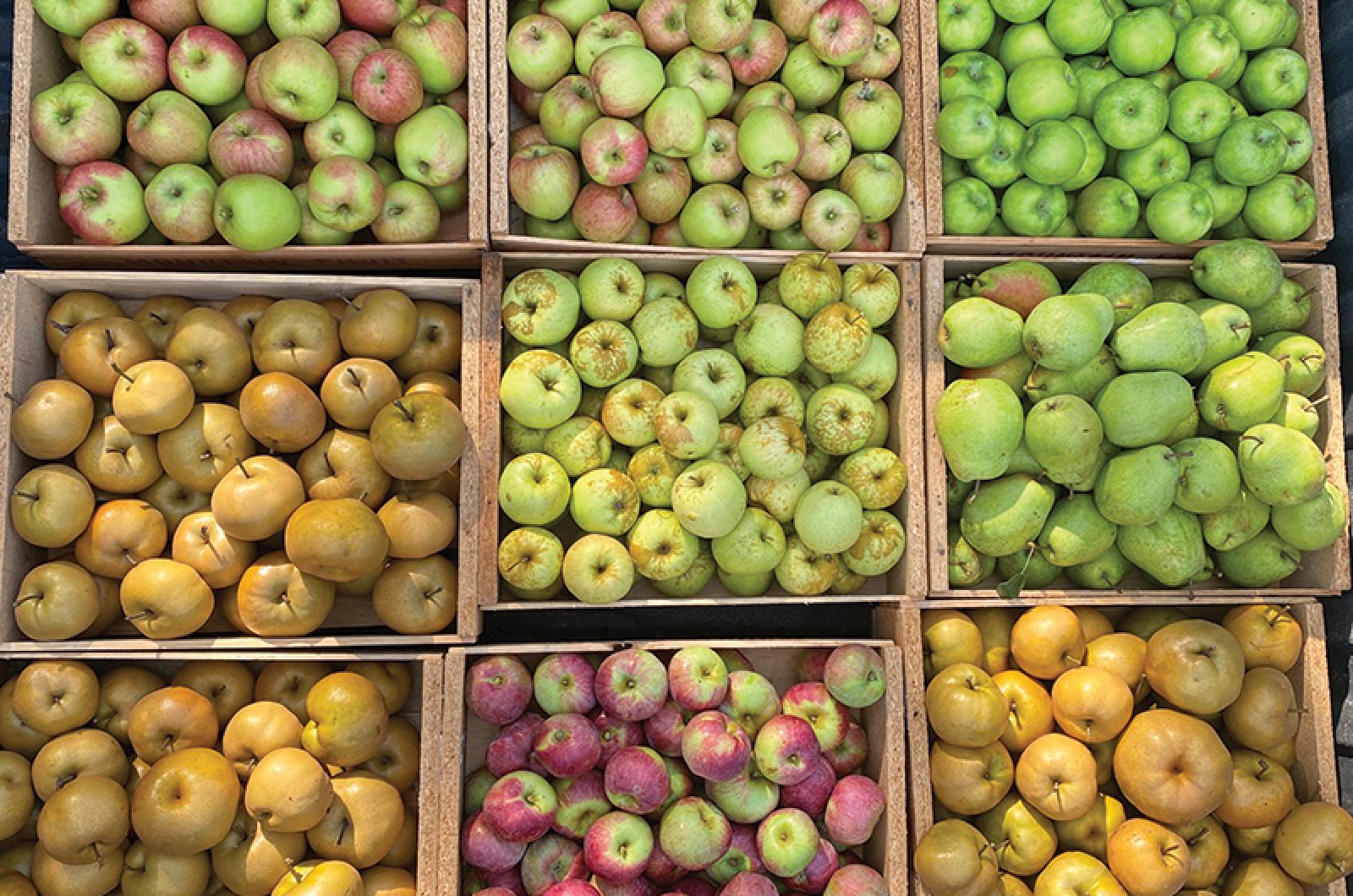



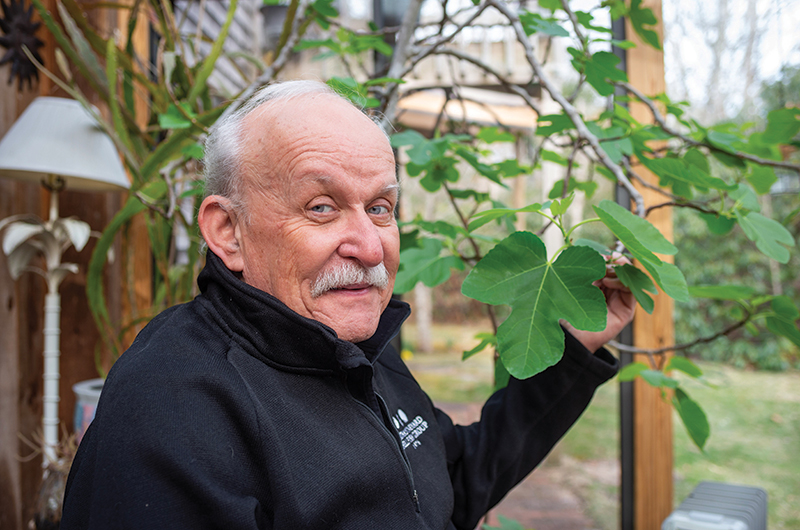
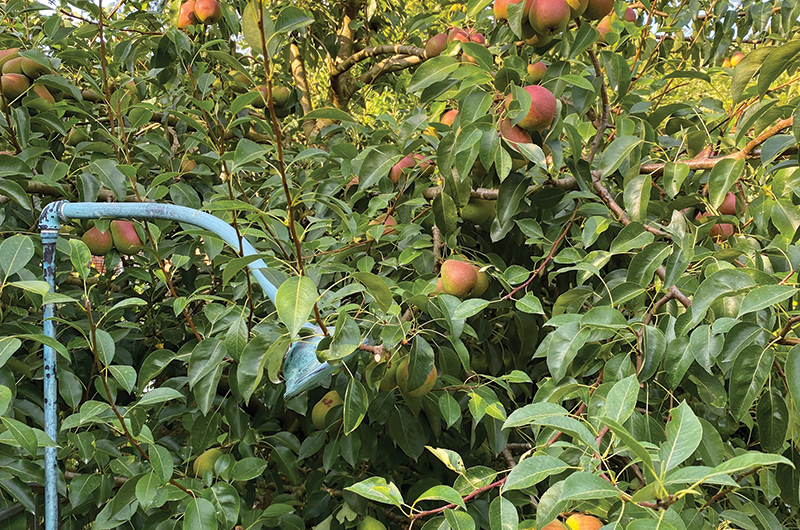
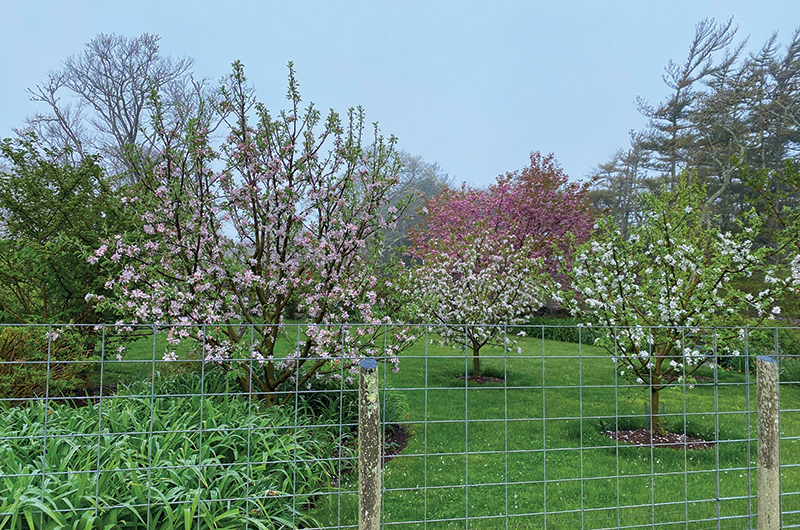
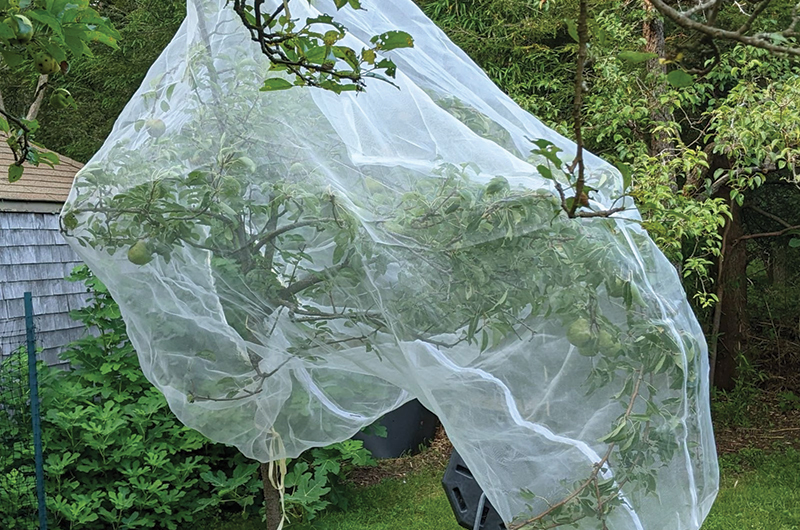
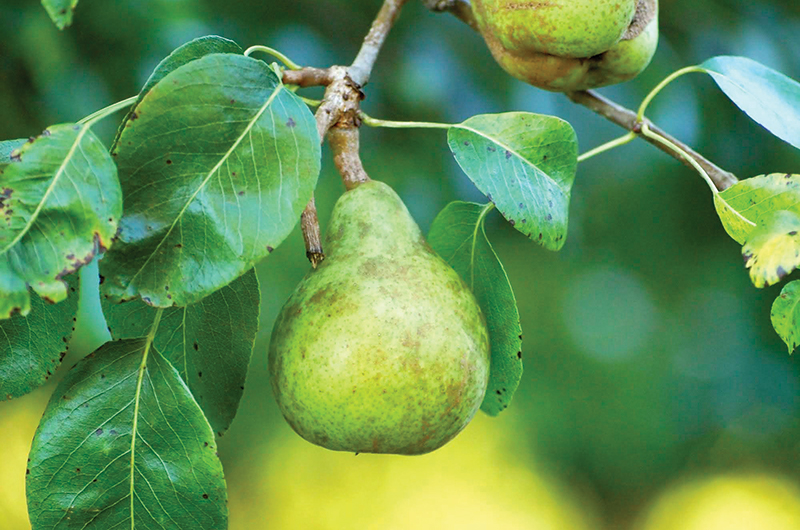

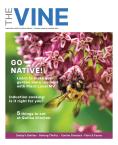


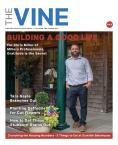
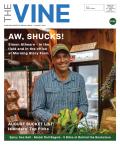
Comments